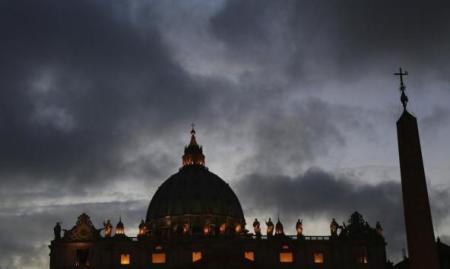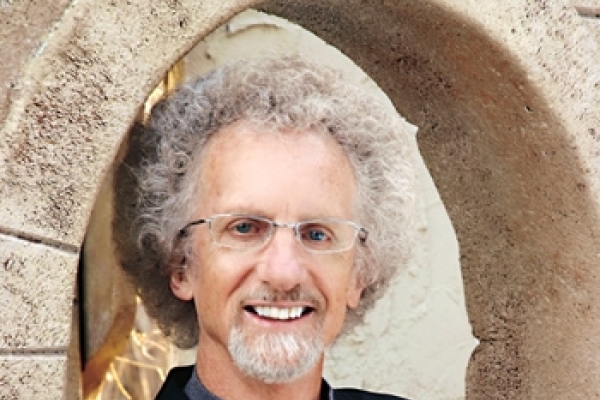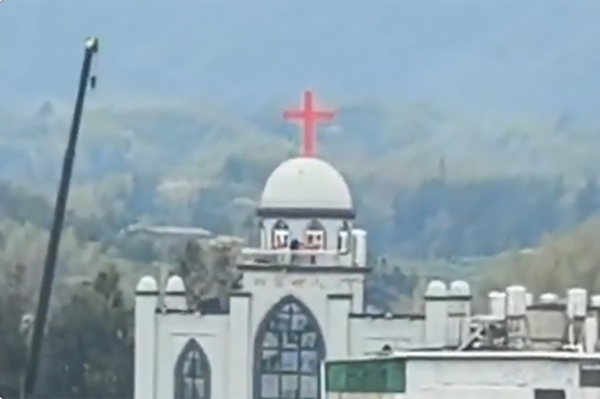Naked fertility statues stolen, thrown in Tiber River amid idol debate at Catholic synod

Controversy has erupted in Vatican City over the use of Amazonian carved images during a synodical meeting of Catholic bishops, what some say amounted to idolatry. Vatican and synod officials, however, assert the images were representative symbols from the region, not pagan idols.
Traditional Catholics threw several Pachamama statues, symbols of fertility from the Amazon region, into the Tiber River in Rome after they had been placed in a side chapel of Santa Maria in Transpontina, a church situated next to St. Peter's Basilica.
The statues, which had been used during an opening ceremony for the Amazon Synod, were removed from the church and hurled into the famous river that runs through Rome. Video footage from an anonymous account that was posted to YouTube shows what appears to be a Monday raid at dawn and the statues being flung into the water from the Ponte Sant' Angelo bridge. The identities of those who removed the statues are not presently known and are not shown clearly in the footage.
Although billed as a meeting of the bishops to seek new paths of evangelization, particularly for indigenous people, and highlight the role the region plays in the life of the planet, conservative traditionalists have criticized the three-week-long synod, claiming it countenanced an agenda that was contrary to Catholic teaching, especially in light of its deference to indigenous cultures and spirituality.
Reports indicate that when no response was given to the outrage that ensued following the appearance of the Pachamama images in a Vatican garden during the opening ceremony, traditional Catholics took matters into their own hands.
When asked about the event at a Monday news conference, Paolo Ruffini, who heads the Vatican communications office, called it a “stunt" and a "theft."
Ruffini had previously commented that the Pachamama figure “represents life, fertility, the Earth,” and that discarding them “is a gesture that seems to me to contradict the spirit of dialogue that should always animate everything.”
“I don’t know what else to say. It was a theft,” Ruffini said.
Similarly, Father Giacomo Costa, a communications official for the Amazon synod, said Monday that the carved figure represents life in the Amazon region much in the same way a “glass of water” or “parrots” represents life there.
The focus on the statues and casting them into the river “doesn’t make sense,” Costa said, adding that "it is never constructive to steal an object."
The statues were also used during a Saturday observance of the Stations of the Cross, a series of images depicting Jesus Christ on the day of His crucifixion and accompanying prayers.
Writing at PJ Media Monday, reporter Megan Fox, who is Catholic, stressed that there is no question that the statues were anything but pagan and that the synod itself has been awash in controversy.
"It is the same fertility goddess to which ancient cultures sacrificed children. This is not a depiction of Mary the mother of Christ, as some have claimed. And if it were supposed to be, it would still be a scandalous depiction, violating the Church's standard of modesty and stripping Mary of her dignity by removing her clothes," Fox wrote.
"Depicting Mary as a different race is common and acceptable. Depicting her as a naked fertility goddess is not. But even the bishops don't claim it is the Virgin Mary."
The use of icons in Catholic worship is a visual history of the faith and serve as a reminder to the faithful to finish life well, she elaborated, and not to be confused with bowing down before carved graven images.
Others noted the spiritual significance of the location from which the statues were thrown down and highlighted the Vatican's failure to comprehend why the statues upset faithful Catholics.
"Pachamama is often depicted as a serpent or dragon, and so it is appropriate that the figurines were thrown from the Ponte Sant’Angelo, the Bridge of the Holy Angel, the Holy Angel being St. Michael," commented Catholic journalist Dorothy Cummings McLean in a Tuesday essay for LifeSite.
"Of course we are horrified when Catholics — including male and female religious, by the way — bow down before graven images of unidentified, yet identical, images we are later told represent 'Mother Earth,' 'fertility,' 'women.' How can the Vatican not understand this aspect of Catholic piety?" she continued.





















